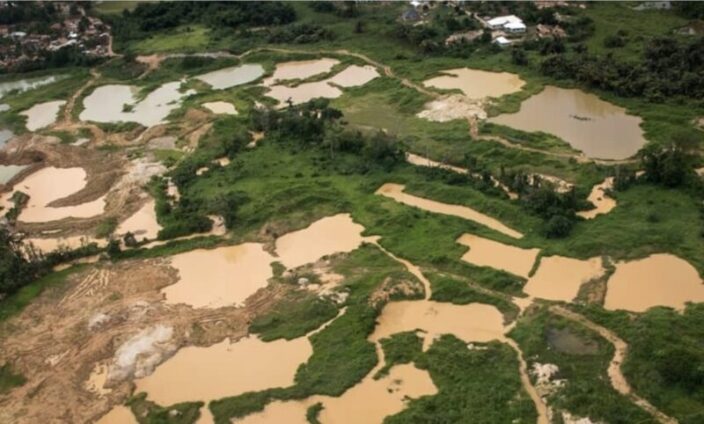I observed the postulations made by CSIR, represented by Dr A.K. Mensah, on Joy FM’s News File programme with respect to the time budgets it may take to decontaminate affected soils and water bodies at galamsey sites with grave concern. The CSIR representative followed up with a rejoinder, after I expressed my concerns, to reiterate their position on the subject. However, this time, the focus is only on contaminated soils, which suggests that it may take a minimum of 323 years to remediate contaminated soils for any repurposing.
DISCLAIMER: The Views, Comments, Opinions, Contributions and Statements made by Readers and Contributors on this platform do not necessarily represent the views or policy of Multimedia Group Limited.
Tags:
DISCLAIMER: The Views, Comments, Opinions, Contributions and Statements made by Readers and Contributors on this platform do not necessarily represent the views or policy of Multimedia Group Limited.
Latest Stories
-
Shippers’ Authority blocks arbitrary fee hikes with new regulatory powers
2 hours -
Cedi to remain broadly stable in coming months; gained 30% against dollar since January 1
3 hours -
Mahama declares galamsey a national emergency, orders arrest of rogue taskforces
3 hours -
Ghana champions youth skills with national dialogue and launch of TVET Week 2025
3 hours -
Ghana’s inflation to remain on a downward trajectory in second-half 2025 – Fitch Solutions
3 hours -
‘Deal with galamsey, the situation is urgent’ – National House of Chiefs president to Mahama
3 hours -
AG directs EOCO to investigate NDC executives cited in galamsey allegations
3 hours -
Mahama pledges 70% world market cocoa price to farmers
5 hours -
EOCO teams up with Nigerian agency to rescue trafficking victims
5 hours -
State funeral to be held for Joseph Kobina Ade Coker on August 1
5 hours -
Mahama orders arrest of fake anti-galamsey taskforce extorting miners
6 hours -
Joseph Kobina Ade Shino Coker
6 hours -
Royal Sweet Limited signs up for JoySports Invitational Tournament 2025
6 hours -
Ghanaian movie industry wasting talent – Gloria Sarfo
6 hours -
Ho West MP secures 100 international scholarships for constituents
7 hours

